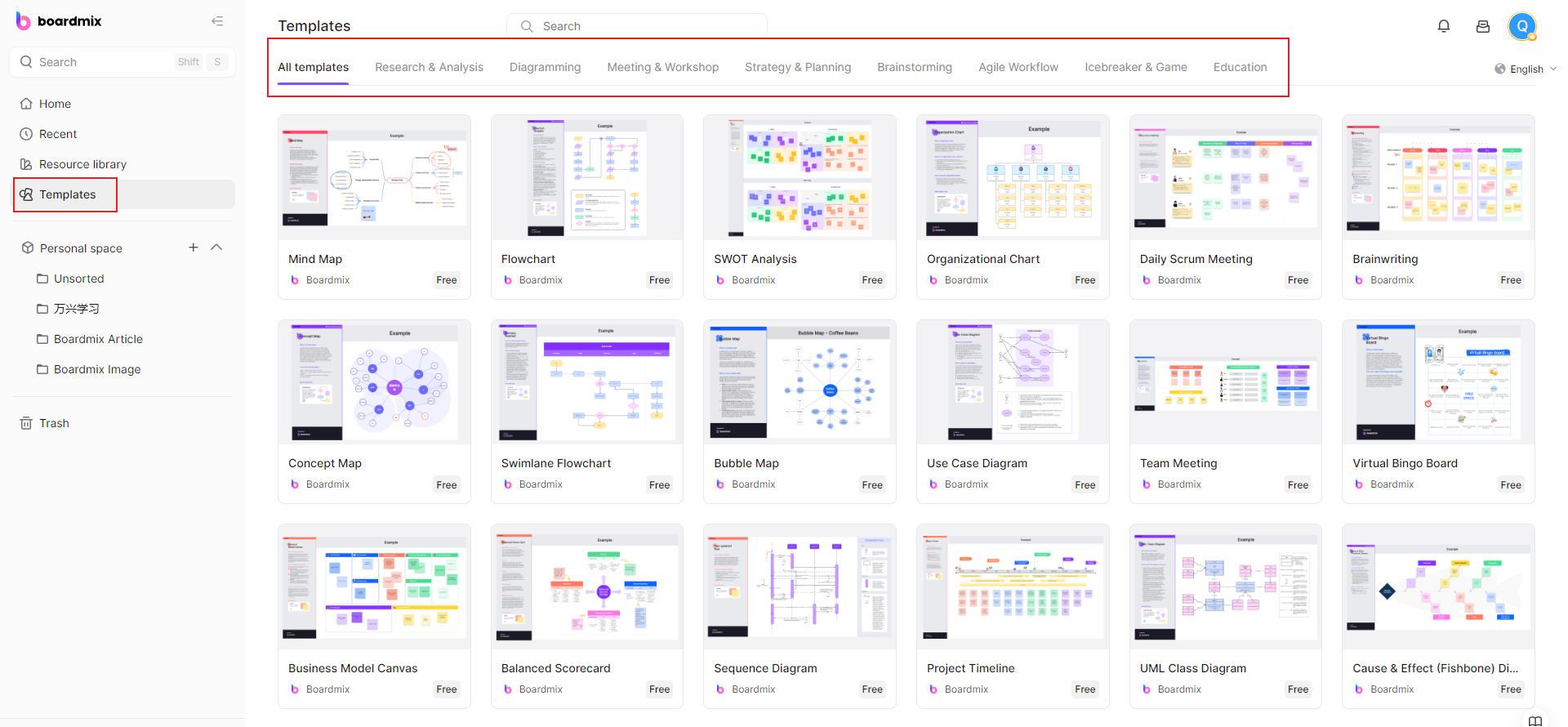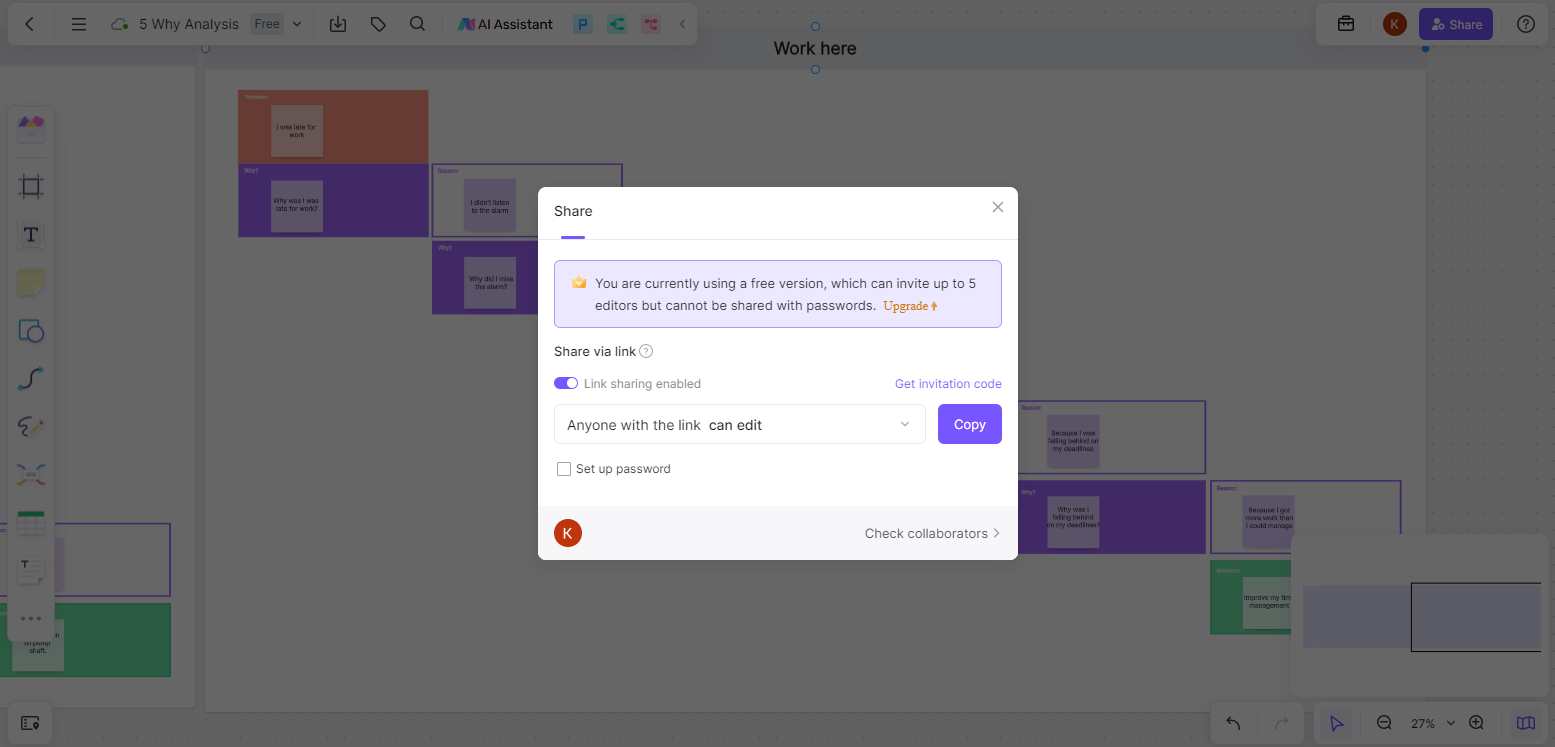An organizational chart is not just a visual representation of your company’s structure; it’s also a strategic tool that can help you align your organization’s structure with your business goals. This comprehensive guide will walk you through the steps to create a company organizational chart that truly mirrors and supports your business objectives.
What is a Company Organizational Chart?
A company organizational chart is a visual representation of the structure of a company. It shows the hierarchy of positions and roles within the organization, as well as the relationships between them. Organizational charts can be used to help employees understand their roles and responsibilities, as well as to help managers make decisions about how to allocate resources and manage their teams.

How to Create a Company Organizational Chart to Align with Business?
1. Understand Your Business Goals
The first step in creating a company organizational chart is to clearly define and understand your business goals. Are you looking to foster innovation? Streamline operations? Expand into new markets? Knowing what you want to achieve will guide the structuring of your organization.
2. Determine Your Organizational Structure
Based on your business goals, determine the type of organizational structure that would best support those goals. This could be hierarchical, flat, matrix, or hybrid, depending on what suits your business needs and goals.
Hierarchical Structure:
If clear authority and responsibility are important for achieving your goals, consider a hierarchical structure. This traditional structure works well for large organizations where clarity of roles is crucial.
Flat Structure:
If fostering collaboration and speeding up decision-making are among your goals, a flat structure might be more suitable. This structure works well for small businesses and startups where flexibility is key.
Matrix Structure:
If your goals are best achieved by cross-functional collaboration, consider a matrix structure where employees have multiple managers.
3. Define Roles and Responsibilities
Once you've determined your organizational structure, it's time to define the roles and responsibilities within that structure. Make sure every role supports at least one business goal. This will ensure that every person in the organization has a part in driving the company toward its goals.
4. Design Your Organizational Chart
Now that you've mapped out your organizational structure and roles, you can design your org chart. There are several tools available online, such as Boardmix, that offer easy-to-use interfaces for creating customized company organizational chart online.
5. Review and Adjust
After creating the initial version of your company organizational chart, review it to ensure it aligns with your business goals. Look for any gaps or redundancies in roles or departments, and adjust as necessary. Remember that your company organizational chart should be flexible enough to change as your business goals evolve.
6. Communicate Your Chart
Lastly, communicate your org chart to all stakeholders - employees, managers, and investors. Be sure to explain how the structure supports the business goals so everyone understands their part in achieving these goals.
In conclusion, creating a company organizational chart that aligns with business goals involves understanding those goals deeply, determining the best structure to support them, defining clear roles within that structure, and continually reviewing and adjusting as necessary. With careful planning and execution, your org chart can be a powerful tool in steering your business towards success.
How to Create a Company Organizational Chart Online on Boardmix?
Creating a company organizational chart online on Boardmix is a simple, straightforward process. The platform's user-friendly interface combined with its advanced features enables you to design and customize your company's organizational chart to your exact specifications. Here are the steps you need to follow.

1. Sign Up or Log In
To get started, navigate to the Boardmix website and sign up for a free account. If you already have an account, simply log in to access your dashboard.

2. Create a New Chart
On your dashboard, you'll find an option to create a new chart. Click on it and you'll be prompted to enter a name for your new chart.

3. Choose a Template or Start From Scratch
Boardmix provides a range of templates to help you get started. You can choose one that closely matches your organization's structure, or start from scratch if you prefer.

4. Add Roles
To add roles to your chart, click on an existing role and select the 'Add' option. You'll be prompted to enter details such as the role title, description, and the person assigned to that role.
5. Edit Roles and Relationships
You can edit each role's details at any time by clicking on it. You can also adjust the relationships between different roles by clicking and dragging the connecting lines.
6. Customize Your Chart's Design
Boardmix allows you to customize your chart's design, including its colors, fonts, and layout. Use these features to ensure your chart aligns with your company's brand and style.
7. Review and Save Your Chart
Once you've finished adding and customizing all roles and relationships, take the time to review your chart for accuracy and completeness. When you're satisfied, click 'Save' to store your chart on your Boardmix account.
8. Export or Share Your Chart
Finally, Boardmix offers various options for sharing or exporting your chart. You can download it as an image or PDF file, print it directly from the platform, or share it via email or a direct link.

With the comprehensive toolkit and user-friendly interface of Boardmix, creating a company organizational chart online has never been easier or more efficient. Remember that a well-structured organizational chart not only clarifies roles and responsibilities within a company, but it also boosts internal communication and promotes organizational health.









